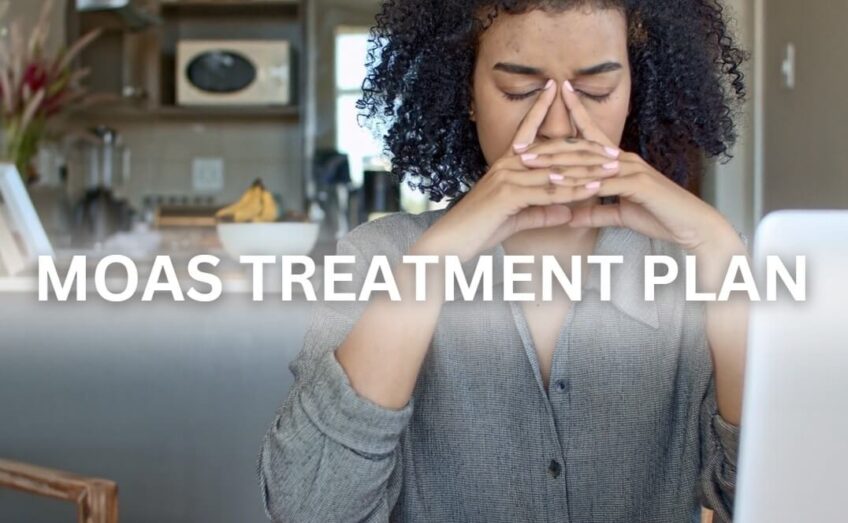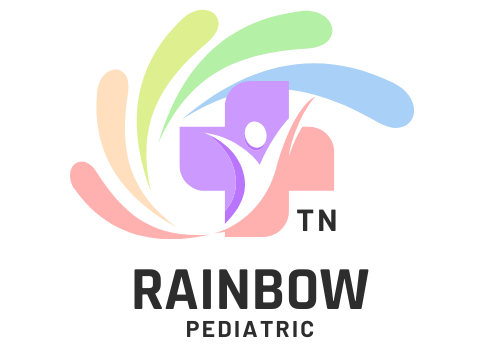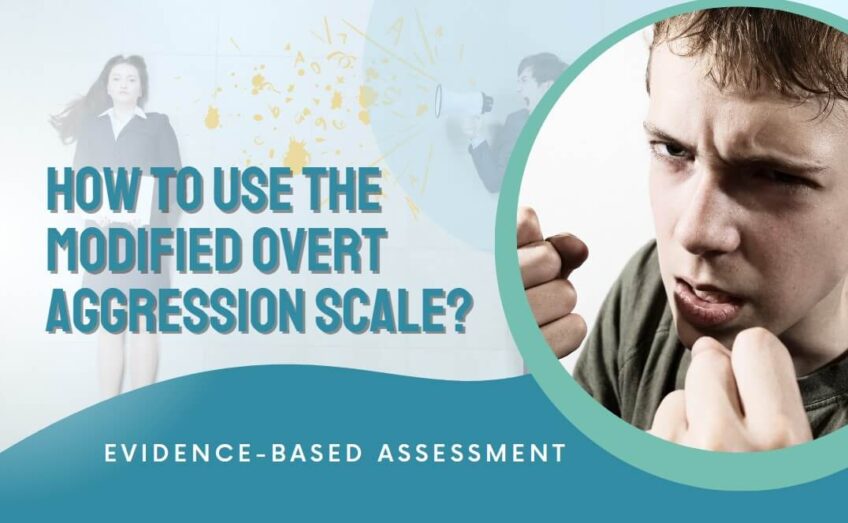Are you a warrior or a pacifist? The Modified Overt Aggression Scale can help tell the tale! Whether you’re looking to better understand your own behavior, or just trying to get an edge in an upcoming battle of wits – this blog is for you. Read on to see how the MOAS can help you chart your own aggressive course!
What is MOAS?
The scale can be used to accurately measure and monitor changes in aggressive behavior over time, which can help clinicians to assess patients’ responses to treatment interventions.
This guide provides an overview of the MOAS, including instructions for administration and interpretation.
Take a look at the Modified Overt Aggression Scale: MOAS SCREENER
Understanding the Different Types of Aggression
While the various types of aggression tend to overlap, they are distinct manifestations that need to be identified when assessing the risk posed by a patient. Understanding these different kinds of aggression can help you effectively use the Modified Overt Aggression Scale.
Verbal/Incidental

Verbal or incidental aggression is characterized by outbursts that may not involve violence but can insult or threaten someone or something else. This type of aggression includes swearing, derogatory language, sarcasm and non-threatening expressions such as “I’m really pissed off”.
Hostile/Passive
Hostile and passive aggression are more subtle forms of expression whereby the aggressor communicates an intent to harm without actually acting on it directly.
Passive-aggressive behavior is sometimes referred to as “the silent treatment”, which can take shape in any form where verbal or nonverbal communication conveys a hostile attitude without being accompanied by violence and does not necessarily lead to physical activity from the aggressor. Examples include dismissive facial expressions, refusal to communicate, chronic lateness and sulking.

Physical/Overt
Physical or overt aggression involves direct physical acts such as hitting, kicking, slapping and pushing another person or an object in an aggressive manner with the intent to cause harm or scare the victim away. This type of violence may be purposeful and directed at a particular target but can also have variable outcomes; what appears intentional may simply result in chaos due to reckless behavior or lack of control over one’s temper.
By recognizing each type of aggression during assessments involving the Modified Overt Aggression Scale (MOAS), health professionals are better equipped to evaluate a patient’s violent tendencies accurately and provide appropriate care accordingly.
Assessing Aggression Levels with the MOAS
The MOAS is a simple, three-level assessment system that uses multiple sources such as interviews, clinical observation, self-reported data and/or examinations of records to score aggression on a rating from 0 (low aggression) to 2 (maximum aggression).
Using the Modified Overt Aggression Scale requires careful observation of the patient’s behaviors and interactions over time. To properly use the MOAS, healthcare professionals must identify and record behaviors that are perceived as aggressive or have the potential for causing physical harm to others or the patient themselves.
These behaviors include both verbal behaviors (e.g., verbal threats) and nonverbal behaviors such as pushing, hitting, kicking, etc. All reported behaviors are evaluated using specific criteria and then assigned a score between 0-2 on the MOAS according to the degree of severity, type of behavior being demonstrated and potential for causing physical harm.
When assessing behaviorally disordered patients with this scale, it is important to remember that many social factors can affect how aggression is displayed in any individual at any given time.
Clinical care providers must also take into consideration environmental factors such as environmental stressors or family dynamics when making an assessment with this scale. Ultimately it is up to qualified mental health professionals to use their expertise when making assessments with this scale in order obtain an accurate measurement of patient’s violence levels.
Interpreting Scores

Interpreting scores from the Modified Overt Aggression Scale (MOAS) can help mental health professionals and researchers identify aggressive behavior and risk factors for future aggression in persons with a variety of psychiatric disorders.
To interpret the results of an assessment using the MOAS, clinicians should consider three important aspects: patient demographics, severity ratings for each item, and total score.
Patient demographics
Factors such as age, gender, race/ethnicity, cultural background and living situation are used to interpret scores from the MOAS. For example, young children might show elevated levels of aggressive behavior that may not be considered problematic for their development. Similarly, those residing in homes or communities characterized by high levels of violence may have greater difficulty regulating their emotions and behaviors.
Severity ratings
Each item on the MOAS is rated on a severity scale from 0-3 which corresponds to increasing levels of aggression. Clinicians should consider each individual item rating when assessing personal risk factors. For instance, a patient who has rated several items are at or above a severity level 2 has an increased risk of experiencing severe aggression compared to a patient whose highest ratings do not exceed 1.
Total score
The total score reflects the overall level of aggression observed according to responses given on the scale. Clinicians can use this number to determine how well treatment strategies are working or if more intensive interventions are needed for particular patients.
When interpreting scores from the MOAS it is important to also take into consideration any additional information available about the person assessed including continuous monitoring data (if available), medical records that document previous mental health problems as well as any substance misuse evaluations that were administered prior to assessment with this tool.
Developing a Treatment Plan

MOAS can be used during the assessment to inform the development of an appropriate treatment plan. Treatment plans should be created based on each patient’s individual needs and characteristics, such as age, gender, level of impairment, history of aggression, emotional state, lifestyle situations that may contribute to aggression and the availability of emotional support systems and psychosocial interventions.
When constructing a treatment plan using the Modified Overt Aggression Scale, clinicians must first consider the indication for using this scale: aggressive behaviors that are an immediate threat to oneself or another person or potentially destructive/harmful behaviors.
Utilizing MOAS does not address specific underlying factors which may exacerbate aggressive behaviors such as poor coping skills; rather it identifies levels of current aggressiveness so that intervention can be tailored accordingly.
Clinicians should consider factors like the patient’s current level of impulsivity when creating a treatment plan from the MOAS results. Patients scoring higher on the scale are typically characterized by more severe antisocial tendencies and higher levels of impulsivity. For these patients an appropriate treatment plan will likely include:
- Strong reinforcement strategies such as contingency management procedures or token economies with clear rules and expectations are established before implementation and calmly administered consequences for non-compliance.
- Increased use of psychotropic medications along with supervised activity throughout much of the day due to their difficulty controlling behavior under low levels of stimulation or when stressed.
Ultimately it is important for clinicians to remember that while MOAS can provide information necessary to develop an initial treatment plan there must be ongoing evaluation and modifications made over time in order to effectively meet a patient’s changing needs or address any ineffective interventions being used in order maximize outcomes from treatment services provided in accordance with acceptable ethical practice guidelines.
Implementing the Treatment Plan

Once the MOAS has been administered and interpreted, a treatment plan should be developed that addresses the identified aggression and antisocial behaviors. The goals for the treatment plan should include developing techniques for handling or communicating aggression and subsiding the socially-inappropriate behaviors.
It is important to remain flexible when developing the treatment plan, as changes may be necessary based on situational factors such as individual responses to various interventions.
The first step in treating aggressive behaviors is to recognize when they are taking place and focus on formulating effective ways of managing them via a behavioral intervention plan. It is also important to help children understand why their behavior is unacceptable and provide guidance as to how they can manage it more effectively by teaching alternative activities and social skills. These include:
- Providing verbal cues to calm down
- Providing opportunities to practice calming techniques such as deep breathing
- Offering pathways toward successful resolution of conflicts rather than physical or verbal threats
- Teaching problem-solving skills
It may also be beneficial to use family therapy in order to provide support for parents in learning how best to support their child during episodes of aggression or defiance. In situations where aggression continues despite these efforts, medication or other forms of psychiatric interventions may need to be considered in order for safety reasons or increased symptom management.
Ultimately, an individualized approach with careful consideration given during decision-making processes should be used when creating a comprehensive treatment plan for use with the MOAS scale assessments of aggressive behaviors.
Monitoring Progress with the MOAS

The scale is used to assess chronically aggressive behaviors in psychiatric ages 13 and up. It is intended to provide clinicians with a comprehensive measure for monitoring changes in behavior over time, as well as to aid in determining the impact of interventions. It consists of 16 items that examine different forms of aggression and other related types of behavior such as irritability, verbal aggression, physical aggression, non-compliance and assault.
Clinicians need to pay attention to the total MOAS score since it gives a comprehensive measure of change over time. Scores range from 0-48 with higher scores representing greater severity of behavioral dysregulation. Clinicians should also look for patterns associated with individual items on the scale such as physical aggression, verbal aggression or compliance behavior. The item scores can help to identify which type of behaviors the intervention may need to focus on.
It is important for clinicians to regularly complete the aggression scale both before and after any intervention plan has been implemented so that any changes that occur can be measured accurately and objectively. This scale will allow practitioners to make well-informed decisions about interventions’ effectiveness for managing behavior issues and treating underlying mental health problems more effectively.
FAQ

How do you measure aggression in children?
Some of the most common scales used to measure aggression in children include the Achenbach System of Empirically Based Assessment, the Child Behavior Checklist, and the preschool and kindergarten Behavior Rating Scale-2. These scales can help identify aggressive behaviors in children as young as 3 years old.
Observations of behavior can be done in naturalistic settings such as at home or at school, or in more controlled settings such as during a play session in a lab. This method can be useful for measuring both overt and covert aggression.
Interviews with children and parents can provide information about the child’s aggressive behaviors, thoughts, and feelings. This method is often used in conjunction with other methods, such as observations or questionnaires.
School records can be reviewed to look for patterns of aggressive behavior over time. This method is often used for older children and adolescents who have a history of aggressive behaviors.
Who made the Modified Overt Aggression Scale?
MOAS was developed by Yudofsky, Silver, Jackson, Endicott, and Williams in order to assess the severity of aggression in psychiatric patients.
What is a reactive proactive aggression questionnaire?
A reactive proactive aggression questionnaire is a tool used by researchers to measure an individual’s aggressive tendencies. The questionnaire consists of a series of questions that assess an individual’s thoughts, feelings, and behaviors related to aggression.
The questionnaire is typically used with children and adolescents, but can also be used with adults. The items on the questionnaire are designed to tap into different aspects of aggression, including physical aggression, verbal aggression, relational aggression, and proactive aggression. Researchers can use the scores from the questionnaire to examine an individual’s overall level of aggressiveness as well as their specific patterns of aggressive behavior.
Conclusion
The Modified Overt Aggression Scale is an important tool in diagnosing and assessing the severity of aggressive behavior in those with a variety of mental health conditions. It has been effective in evaluating the impact of certain medications, as well as evaluating levels of aggression before and after treatment interventions.
When using this scale, it is important to understand that it cannot be used on its own as a diagnostic tool and must always be used alongside other assessments such as a psychiatric interview. Additionally, training should be undertaken to ensure consistent use and interpretation of the score across all clinicians using the form.
Finally, further research into the psychometric properties of this scale would be useful in further clarifying the efficacy and utility of this measure for clinicians when assessing aggression levels.

